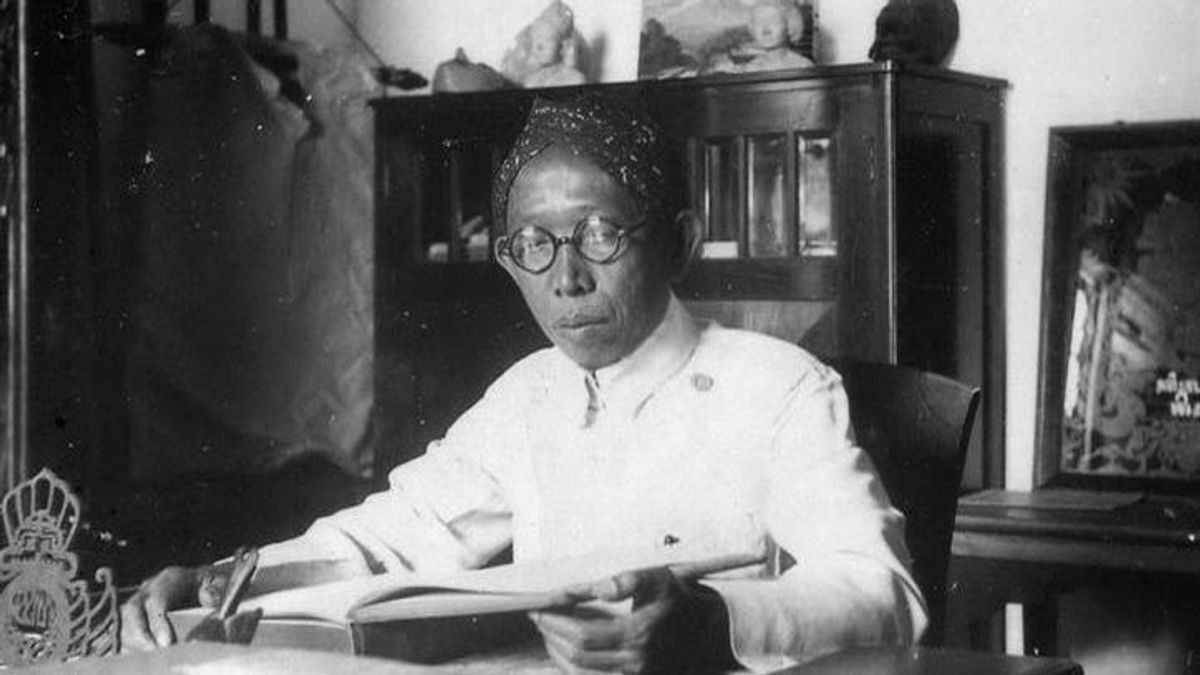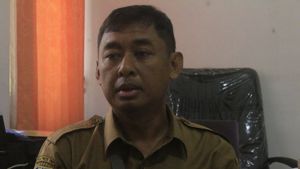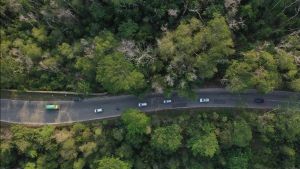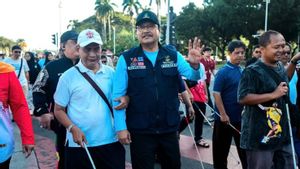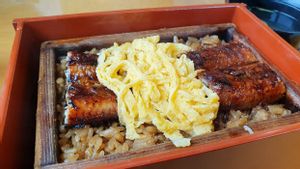YOGYAKARTA Are there still any of us who do not know Ki Hajar Dewantara? He is a very meritorious figure for the world of Indonesian education.
Salah satu jejak Ki Hajar Dewantara dalam memajukan pendidikan Indonesia adalah mendirikan Taman Siswa, sebuah lembaga pendidikan yang menawarkan kesempatan kepada para aslih bawah untuk mendapatkan pendidikan yang setara dengan para priyayi dan orang Belanda.
The following article will review Ki Hajar Dewantara's Biography, as summarized by VOI from various sources, Thursday, 2 Meri 2024.
Ki Hajar Dewantara's real name is Raden Mas Soewardi Soerjaningrat. He was born in Yogyakarta on May 2, 1889. His father was named Gusti Pangeran Haryo Soejaningrat, or grandson of Srikup Alam III.
Based on the lineage, Sowardi Soerjaningrat comes from the palace family, to be precise Pakualama Temple, Yogyakarta.
Even so, he is a very simple figure and very close to the people. He did not even hesitate to release his royal title and changed his name to Ki Hajar Dewantara so that he could get closer to the community.
Based on historical records, Soewardi Soerjaningrat attended the European Lager School (ELS) or Low School for European Children.
Next, he got the opportunity to study at the School tot Opleiding voor Inlandsche Artsen (STOVIA) or what is often called the Javanese Doctor School. However, due to his health problems, Soewardi did not have time to complete his education.
After leaving STOVIA, Soewardi Soerjaningrat works as an analyst at the Kalibagor Sugar Factory laboratory, Banyumas. However, after a year, he left his job because the opportunity to learn for free was revoked.
Soewardi Soerjaningrat's next career was to become a pharmacist assistant at Rathkamp Pharmacy, Malioboro Yogyakarta in 1911. At the same time, he also underwent a profession as a journalist for the newspaper "Sedyotomo" in Javanese, "Midden Java" (in Dutch) in Yogyakarta, and De Express in Bandung.
His critical and sharp writings made Soewardi Soerjaningrat and his two colleagues Dr. Cipto Mangungkusumo, and Dr. EF.E. Douwess Dekker, arrested and detained by the Dutch East Indies government.
On August 18, 1913, the Dutch East Indies Government planned to isolate Soewardi Soerjaningrat to Bangka, Dr. Cipto Mangunkusumo to Banda Neira, and DR. EFE Douwes Dekker to Timor Kupang. However, they requested that it be exiled to the Netherlands. The request was granted.
During his exile, Soewardi Soerjaningrat took many courses to deepen his knowledge in education and teaching until he won the European Teacher's Deed in Paedagogie education in June 1915.
After passing his exile, Soewardi Soerjaningrat issued a new idea about how and how to get to Indonesian Independence.
Soewardi believes that independence can be achieved if the Indonesian people have an independent spirit and a national spirit. For this reason, it is necessary to instill an independent soul from the time of childhood.
On July 3, 1922, Soewardi Soerjaningrat and his colleagues founded the National Onderwijs Institute of Taman Siswa and opened the Taman Anak or Taman Lare, namely education at the level of the Children's Park. Then on July 7, 1924 founded a junior high school education, namely Mulo Kweekschool.
In 1928, students of Muloo Kweekschool who had graduated were able to continue their education at the Algemee Middelbare School (AMS) or high school education. Also this year, on February 3, Soewardi Soerjaningrat released his royal title and changed his name to Ki Hajar Dewantara.
This step was taken so that he could be closer to the people he was fighting for through journalistic, political, and educational channels.
The Taman Siswa established by Ki Hajar Dewantara succeeded in teaching the basics of education that freed and laid the foundations of the education system in Indonesia.
Later ahead of the Independence of the Republic of Indonesia on April 29, 2945, Ki Hajar Dewantara led the education department for members of the Abdan to Investigate the Preparatory Business for Indonesian Independence (BPUPKI). The team led by Ki Hajar Dewantara worked until it was completed ahead of the revolution.
Furthermore, Ki Hajar Dewantara was ordered by Soekarno to seize the power of the Japanese Military Government Education Department in Indonesia on independence day. With the help of youth, he carried out his duties without Japan's strong resistance.
On August 19, 1945, or two days after Indonesia's independence, Ki Hajar Dewantara was appointed Minister of Education and Culture of the Republic of Indonesia.
After a change in the first presidential cabinet, Ki Hajar Dewantara returned to Yogyakarta. He died on April 26, 1959 and was buried in Wijayabrata, the Taman Siswa family grave.
Sebagai informasi tambahan, saat mendirikan Taman Siswa Ki Hajar Dewantara mengeluarkann mottoan pendidikan yang berngara sang tuladha, ing madya mangun karsa, tut wuri handayani.
This slogan means in front of giving an example, in the midst of encouraging, behind giving encouragement. Until now, the motto is still used in the world of Indonesian education.
For his services in the world of education, Ki Hajar Dewantara was given the title of the Father of National Education. His birthday (On May 2) was also designated as National Education Day (Hardiknas).
That's the information about Ki Hajar Dewantara. Hopefully this article can make VOI.ID readers know Ki Hajar Dewantara more deeply.
The English, Chinese, Japanese, Arabic, and French versions are automatically generated by the AI. So there may still be inaccuracies in translating, please always see Indonesian as our main language. (system supported by DigitalSiber.id)
